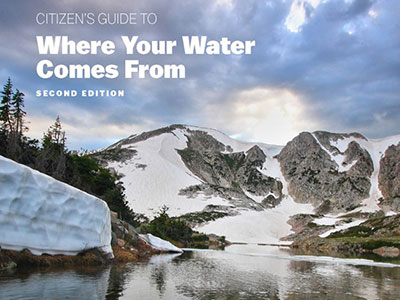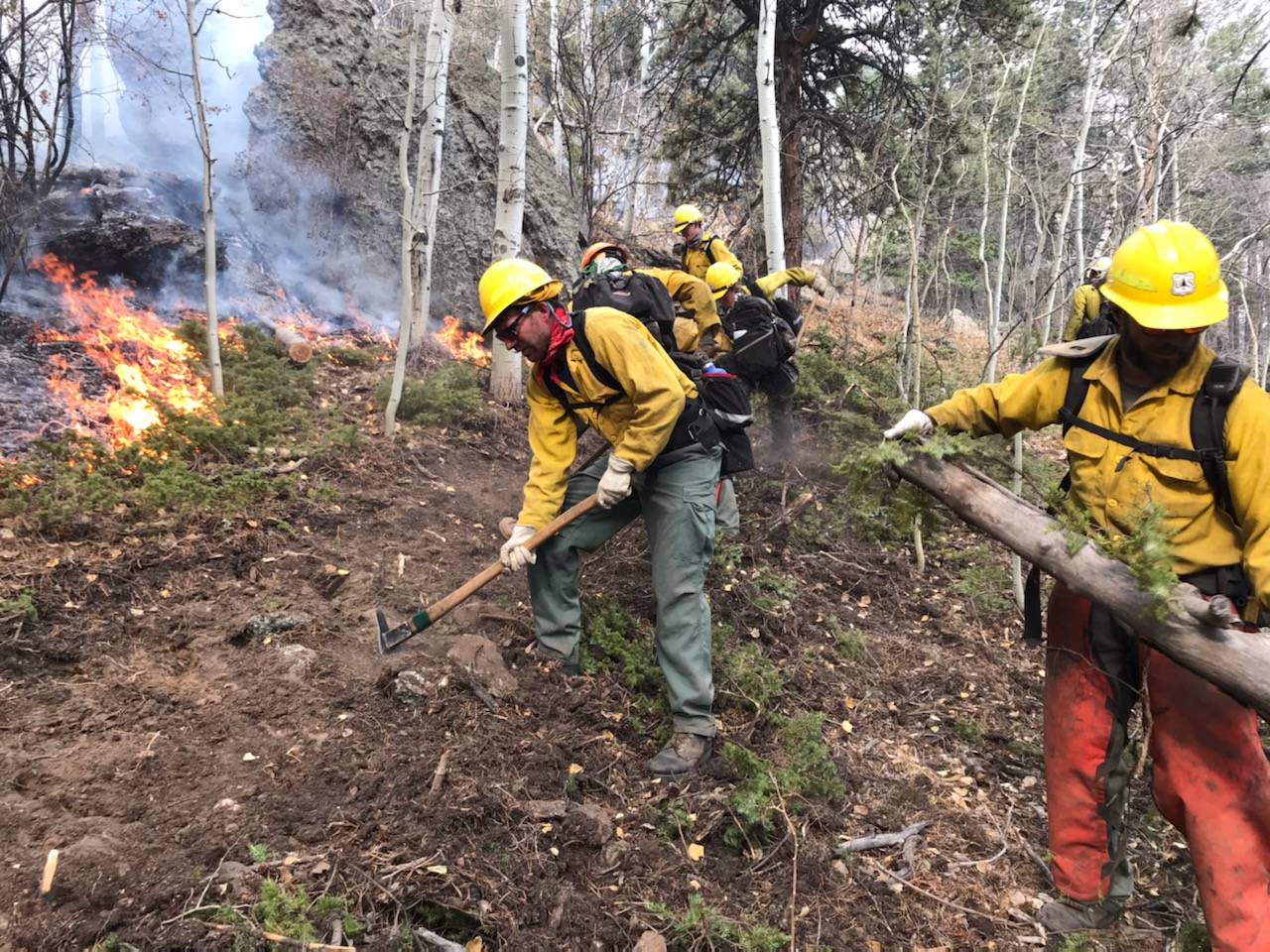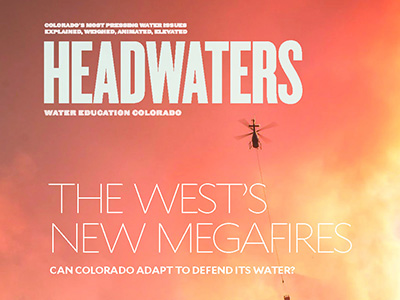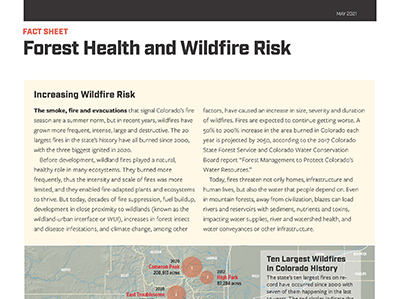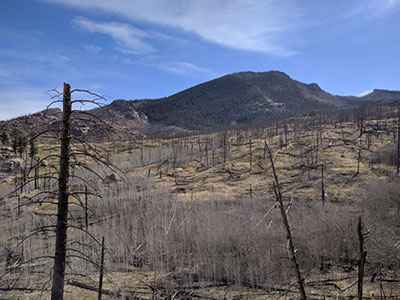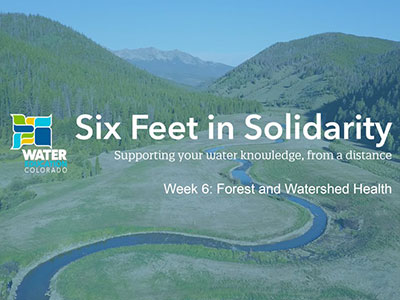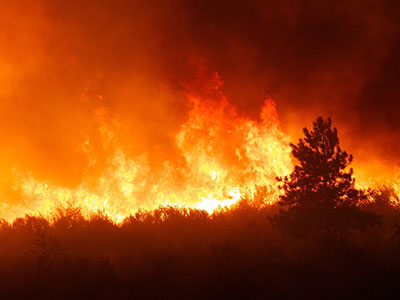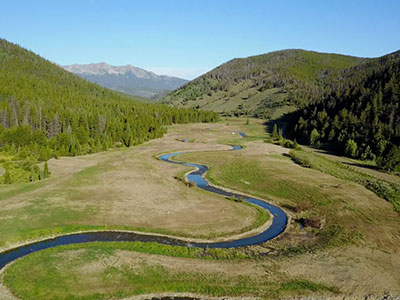Watershed Health & Forest Health
As snowpack accumulates in the mountains, it settles mostly in Rocky Mountain forests. According to the Colorado State Forest Service, more than 24.4 million acres of native Colorado forestland impact Colorado’s water supply.
According to the U.S. Forest Service, which manages more than 14.5 million acres of national forest lands in Colorado, 90% of those lands are located in watersheds that contribute to public water supplies. Eighty percent of Colorado’s population relies on those forested watersheds for municipal water supplies.
As snowpack melts, runoff eventually collects in small streams that drain toward rivers, creating watersheds and river basins. As water flows down mountain slopes, the forests stabilize soil and prevent erosion, filter contaminants, enhance soil moisture storage and groundwater recharge, and reduce the likelihood of flooding.
But Colorado’s forested source watersheds are still susceptible to damage and contamination that could lead to water impairments. Management of forested lands is therefore a crucial factor in the quality of water available for domestic, agricultural and commercial water uses in Colorado and for downstream states.
50%-200%
The projected annual increase in area burned in Colorado by 2050
Major risks to Colorado’s forest watersheds include insect infestations, wildfire and human disturbances. Forest-eating insects, particularly bark beetles, ultimately kill thousands of acres of trees, affecting the timing of snowmelt runoff.
Likewise, with a combination of historical fire suppression practices, beetle-killed trees and rising temperatures, wildfire risk is on the rise. Last but certainly not least, human-related risks such as roads, trails and timber harvesting can contribute an unhealthy amount of sediment to water supplies.

